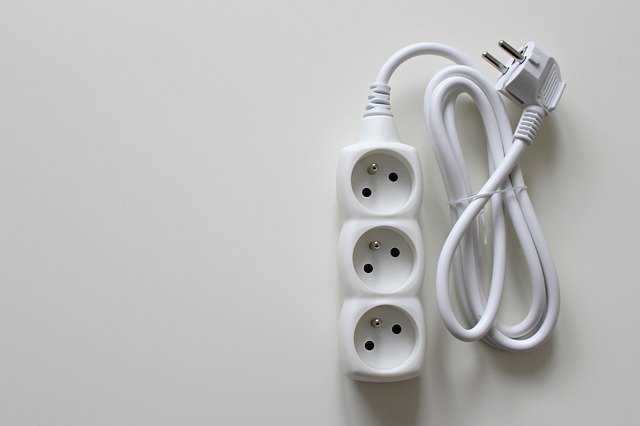5 Energy Saving Tips for Your Home Devices
Posted by on
Especially now that people spend most of their time at home, most households need to find ways to cut on energy consumption and save money on bills. You can use these 5 energy saving tips for your home devices - TVs, computers, and laptops - to reduce your monthly expenses.

There are just those devices that people could not last the day without. Some of these are our entertainment devices - televisions, laptops, and computers. Since it is almost impossible to not use them at all, doing these things will help you save a considerable amount on your next electric bill.
Use a Laptop Instead of a Desktop
If possible, use your laptop instead of your desktop. A desktop consumes more energy than a laptop because a desktop is composed of a system of devices: monitor, CPU, printer, and speakers, to name some. Each device consumes energy that adds up to the total kWh used to run the whole system.
Desktops use 70 to 200 watts depending on the model and type of display. On the other hand, laptops are more energy-efficient because they only consume 15 to 60 watts.
If you need a new laptop to replace your desktop at home, then you can use resources from sites like https://fancyappliance.com/ to learn more about energy-efficient laptops. If not laptops, smaller devices like tablets and smartphones are good alternatives. They consume less energy than desktops.
Switch Off Home Devices When Not in Use
No excuses! Switch off your devices when not in use. Computers, televisions, and laptops continuously consume energy once you switch them on. The energy consumption depends on many factors including the type, size, and model of the device.
It is very simple. Switch off your TV when no one is watching. Shut down your computer if you are not going to use it for more than an hour. The same goes for your laptop - switch it off so it won’t consume the battery.
Take Advantage of Your Computer’s Usage Modes
The usage modes including sleep and hibernate are there to save power and money. If you are not going to use your computer for a long time, then you can use the sleep or hibernate modes to reduce energy consumption.
Upgrade Old Devices
Older models use more energy than their newer counterparts. A good example would be CRT monitors vs. flat panel displays. The old, bulky monitors consume 100 watts on average, while flat LCD monitors only use 28 watts.
Notice the huge difference in energy consumption between the two devices that serve the same purpose. Now, think about how much energy you will consume when you use a CRT monitor continuously for hours.
Upgrading your old devices should be part of your home improvement ideas for a more-energy-efficient home . This may mean spending a huge amount upfront, but the savings you will get will be an ongoing benefit.
Use Energy Star Products
Using EPA’s Energy Star approved products can reduce your electricity expenses by a fourth.
Choose devices with the Energy Star label should you be upgrading an old appliance. Energy Star devices meet the energy-efficiency specifications set out by the US Environmental Protection Agency.
So how much energy would you be able to save with an Energy Star device?
A lot, especially if you are going to use the device for long hours. The energy-efficiency is based on some factors such as the type of appliance and model. On average, an Energy Star TV is more energy efficient by 25% than its conventional counterparts.
Conclusion
Older devices consume more energy. Upgrade old devices to products that have the Energy Star label if possible to save more power. However, the best and easiest way to save energy and money on your laptops, computers, and televisions is by switching them off when not in use.


 Loading... Please wait...
Loading... Please wait... 

